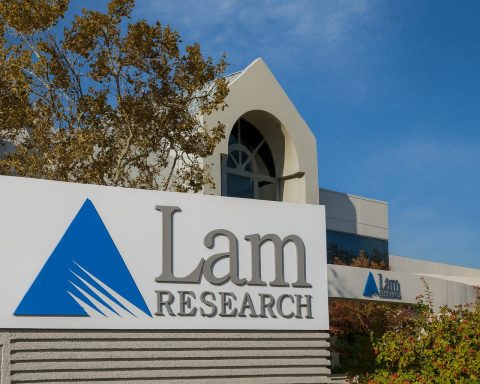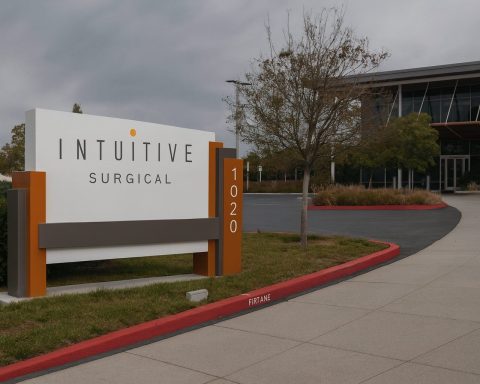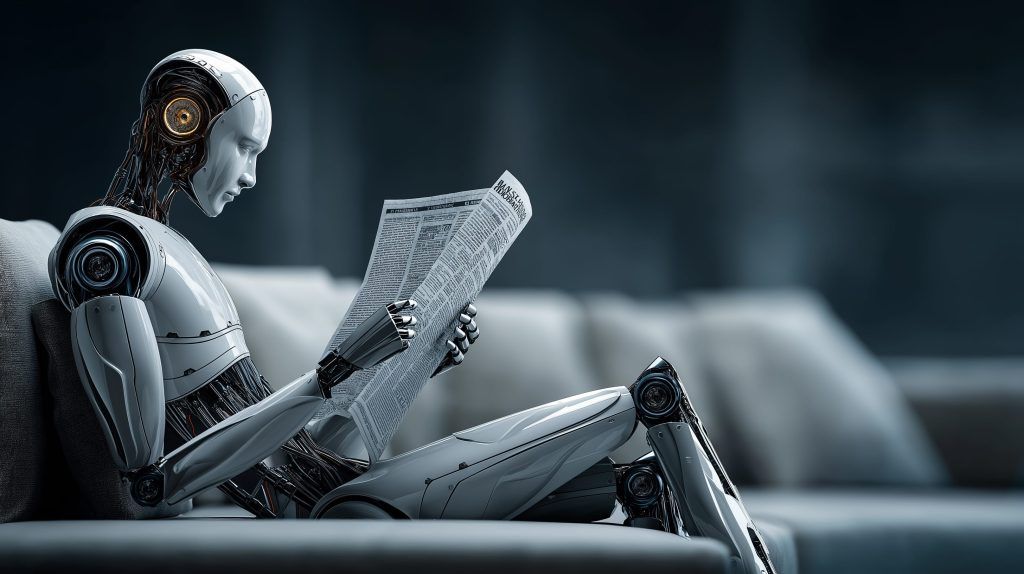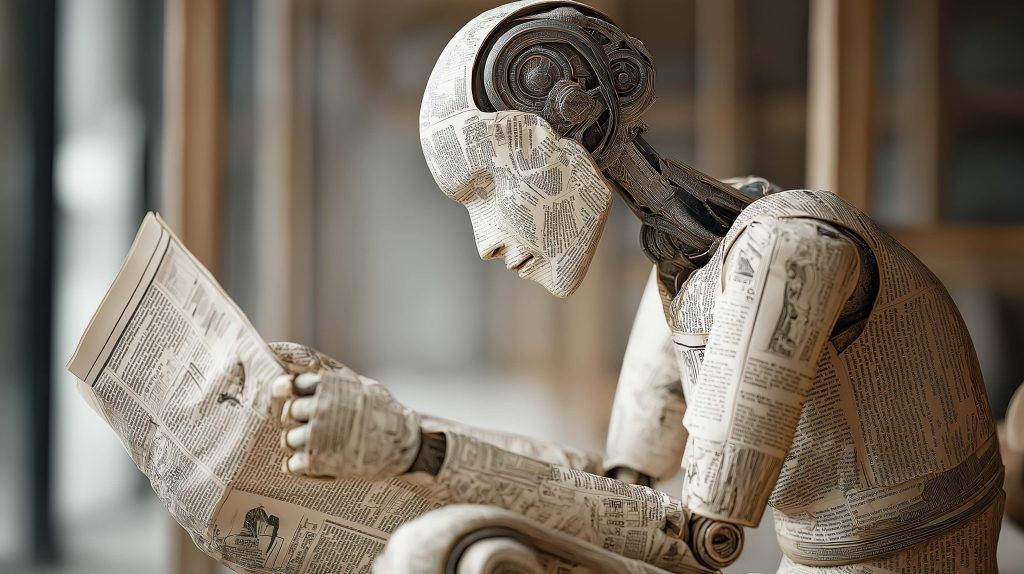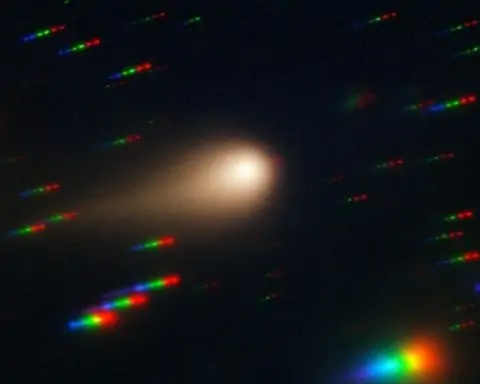- On July 22, 2025, NASA, with SpaceX, launched TRACERS, a twin-satellite mission aboard a Falcon 9 to study magnetic reconnection in Earth’s magnetosphere.
- The University of Iowa-led TRACERS mission will fly two probes through Earth’s northern magnetic cusp in tandem to improve space weather forecasts.
- A UK study found that vaccinating pregnant women against RSV reduced newborn hospitalizations by 72 percent, based on analysis of over 500 newborns hospitalized in winter 2024–25.
- Svalbard’s Arctic winter is turning to rain, with the region warming 6–7 times faster than the global average, observed during February 2025 fieldwork.
- Finnish researchers from Aalto University reported a superconducting transmon qubit with millisecond-scale coherence time, achieving a median echo coherence time of about 0.5 ms.
- A Canadian-led AI study found over 86,000 previously unrecorded earthquakes beneath Yellowstone National Park from 2008 to 2022, published in Science Advances.
- Zebrafish study in Nature Communications identified two genes that enable inner-ear hair cell regeneration, with one gene preserving a reservoir of supporting cells and the other triggering their proliferation.
- Rice University and University of Houston researchers created a bacterial cellulose film with tensile strength of 400–550 MPa, achieved by aligning fibers in one direction and reinforcing with boron nitride nanosheets to triple thermal conductivity.
- A UN Seizing the Moment report and related UN data show that in 2024 renewables accounted for 92.5% of new electricity capacity and 74% of growth in power generation, with solar 41% cheaper and wind 53% cheaper than fossil fuels, and about $2 trillion invested in green energy that year.
- All news items in the July 22–23, 2025 roundup were published on July 22 or 23, 2025.
Space & Astronomy
NASA Launches TRACERS Mission to Probe Earth’s Magnetic Shield: On July 22, NASA (with SpaceX) launched TRACERS, a twin-satellite mission to study how the solar wind sparks magnetic explosions in Earth’s magnetosphere. After a one-day delay due to airspace issues, a Falcon 9 rocket carried the spacecraft into orbit to begin observing magnetic reconnection events that can trigger auroras and disrupt satellites [1] [2]. The University of Iowa-led mission aims to improve space weather forecasts by flying two probes through Earth’s northern magnetic cusp in tandem. “We don’t know how bad it could get” in a worst-case solar storm, NASA scientists warned ahead of launch [3] – underlining the need to understand the Sun-Earth interactions that could threaten power grids and GPS. Now in orbit, TRACERS will soon start “watching magnetic field lines snapping and reconnecting as solar storms hit,” NASA officials said [4]. The data will help scientists safeguard modern infrastructure from the Sun’s whims.
Medicine & Health
Pregnancy RSV Vaccine Slashes Newborn Hospitalizations by 72%: A major UK study reported that vaccinating expectant mothers against RSV (respiratory syncytial virus) led to a “staggering 72% drop” in severe lung infections among their infants [5] [6]. By immunizing mothers-to-be (a program launched in late 2024), antibodies are passed to the fetus, protecting babies through their first six months – the most vulnerable period. Researchers analyzed over 500 newborns hospitalized in winter 2024–25 and found mothers of healthy babies were far more likely to have gotten the RSV shot than mothers of babies with RSV [7] [8]. With only about half of pregnant women currently receiving the vaccine, experts urge increased uptake to ease winter hospital burdens. “With the availability of an effective RSV vaccine shown to significantly reduce the risk of hospitalization in young infants… there is an excellent opportunity for pregnant women to get vaccinated and protect themselves and their infants,” said Dr. Thomas Williams of the University of Edinburgh, the study’s lead author [9]. Health officials are now promoting the maternal RSV jab (approved in the UK and U.S.) as a vital new tool to shield newborns from a leading cause of infant pneumonia and bronchiolitis.
Climate & Environment
Arctic Winter Turns to Rain, Shocking Scientists: A field team in Svalbard witnessed an alarming climate anomaly – winter conditions so warm that rain and bare ground replaced the usual snow and ice [10] [11]. In a commentary in Nature Communications, Dr. James Bradley of Queen Mary University of London describes how “standing in pools of water at the snout of the glacier, or on bare, green tundra, was shocking and surreal” during what should have been deep winter [12]. The researchers, who visited in February 2025, found the snowpack had vanished within days amid unseasonable rain and temps above freezing. This “full seasonal shift” not only disrupted their plan to collect fresh snow samples, it raises safety concerns for Arctic fieldwork and local communities [13] [14]. Svalbard is warming 6–7 times faster than the global average, foreshadowing bigger changes: mid-winter thaws can trigger widespread permafrost melt, vegetation blooms, and feedback loops that release more greenhouse gases [15] [16]. “We might have been too cautious with our messages. Irreversible changes to the Arctic climate are happening in front of our own eyes,» cautioned Dr. Donato Giovannelli, a co-author from Italy [17]. The team calls for urgent investment in cold-season monitoring, noting that what they saw – essentially an Arctic winter turning into spring – may soon become the norm if global warming continues unabated.
Physics
Quantum Computing Leap: Record-Breaking Qubit Coherence Achieved: Finnish researchers have shattered a key barrier in quantum tech by developing a qubit that stays stable roughly twice as long as any previous – a milestone for error-free computing [18] [19]. In a Nature Communications paper, the Aalto University team reports a superconducting transmon qubit with a coherence time in the millisecond range, far beyond the ~0.6 ms record before [20] [21]. Longer coherence means a quantum bit can maintain its delicate state for more operations, enabling more complex algorithms and reducing the overhead for error correction. “We have just measured an echo coherence time for a transmon qubit that landed at a millisecond… with a median of half a millisecond,” said PhD researcher Mikko Tuokkola, noting even the median surpassed previous records [22]. The breakthrough – achieved by meticulous materials and chip design – pushes quantum machines closer to “fault-tolerant” computing, where they can solve problems beyond any classical computer’s reach. It also solidifies Finland’s reputation at the forefront of quantum hardware research. “This landmark achievement has strengthened Finland’s standing as a global leader in the field… moving the needle on what’s possible with the quantum computers of the future,” added Professor Mikko Möttönen, who led the project [23] [24]. The next steps will be scaling up qubit counts and further extending coherence, but this result is a significant stride toward practical quantum computers.
Artificial Intelligence
AI Detects 86,000 Hidden Earthquakes Under Yellowstone: In a geophysical feat, scientists used machine learning to reveal that Yellowstone’s supervolcano is rumbling far more than we knew. By training an AI algorithm on 15 years of seismic data, a Canadian-led team uncovered over 86,000 previously unrecorded earthquakes beneath Yellowstone (2008–2022) – 10× more quakes than listed in the official catalog [25] [26]. Most of these quakes were tiny (too faint for humans to feel) but occurred in swarms, offering an unprecedented view of the volcano’s hidden “heartbeat.” The data, published in Science Advances, show how pulses of magma and hot fluids induce swarms of microquakes on newly mapped fault lines [27] [28]. Crucially, the AI method (which automates what would take humans years to sift) gives researchers a far “more robust catalogue” of Yellowstone’s unrest, improving our ability to detect subtle changes that might precede an eruption [29] [30]. “By understanding patterns of seismicity, like earthquake swarms, we can improve safety measures, better inform the public about potential risks and even guide geothermal energy development away from danger in areas with promising heat flow,” said Professor Bing Li, the study’s lead author [31]. Experts emphasize that Yellowstone is not about to erupt – rather, this high-resolution quake record is a boon to volcanology. The project showcases AI as a game-changer in Earth science, capable of mining “big data” archives to expose hidden patterns in earthquake-prone regions worldwide [32] [33].
Biology
Zebrafish Regrow Inner-Ear Cells, Inspiring Hope for Hearing Loss Cures: Scientists have decoded the genetic trick that lets zebrafish restore damaged hearing – an ability mammals tragically lack. A study in Nature Communications identified two genes in zebrafish that allow them to regenerate the hair cells of the inner ear, which are the key sound-sensors needed for hearing and balance [34] [35]. Humans and other mammals lose their inner-ear hair cells permanently (due to loud noise, aging, etc.), often leading to irreversible hearing loss. But zebrafish can continuously replace these cells. Researchers at the Stowers Institute found that one gene keeps a reservoir of supporting cells ready, while a second gene triggers those cells to proliferate and turn into new hair cells when needed [36] [37]. “Mammals such as ourselves cannot regenerate hair cells in the inner ear,” noted Dr. Tatjana Piotrowski, the study’s co-author, underscoring why hearing damage in humans is permanent [38]. By contrast, zebrafish never run out of the cells required for hearing. Even more intriguing, the team discovered the fish’s regeneration pathway is split into two separate cell populations controlled by different genes – meaning scientists might only need to activate one pathway at a time in other animals [39] [40]. “This finding shows that different groups of cells within an organ can be controlled separately,” Dr. Piotrowski explained, “which may help scientists understand cell growth in other tissues” [41]. The ultimate hope is to figure out how to “flip the switch” in human ears – perhaps via gene therapy or drugs – to coax our own ear cells to regrow. It’s early-stage research, but uncovering these genes is a crucial step toward future treatments that could reverse certain types of deafness.
Technology & Engineering
Goodbye, Plastic? Bacteria Produce a “Supermaterial” Stronger Than Steel: In a breakthrough in green manufacturing, engineers have enlisted microbes to create a biodegradable material with the strength of metal. A team from Rice University and University of Houston coaxed common bacteria (Komagataeibacter rhaeticus) to spin out highly aligned cellulose nanofibers, forming thin films as strong as aluminum alloys yet light and flexible like plastic [42] [43]. Normally, these bacteria produce cellulose in a jumbled mesh. But by growing them in a specially designed bioreactor with controlled flows, the researchers “trained” the microbes to lay fibers all in one direction – essentially turning goo into a biopolymer armor. The resulting bionanocomposite boasts tensile strength around 400–550 MPa (on par with some steels or glass) while remaining transparent and plastic-like [44] [45]. It’s also renewable and compostable, since it’s pure cellulose. To add functionality, the team infused the films with boron nitride nanosheets, giving the material three times the thermal conductivity of normal cellulose – useful for heat-dissipating electronics [46]. “This work is a great example of interdisciplinary research at the intersection of materials science, biology and nanoengineering,” said Dr. Muhammad Rahman, the project’s lead, adding that the strong, multifunctional, eco-friendly sheets could “become ubiquitous, replacing plastics in various industries and helping mitigate environmental damage.” [47] Because the feedstock is just sugar water and bacteria (no petroleum required), the process could dramatically reduce pollution if scaled up. The researchers envision a range of applications – from sustainable packaging and textiles to electronics and even energy storage components – all made from bacterial cellulose [48] [49]. While it’s early days, the advance suggests we might one day say “goodbye” to traditional plastic and not miss it at all.
Energy
Renewables Hit a ‘Tipping Point’ of Cheaper, Greener Power: Two new UN reports delivered some rare good news in the climate fight: the world’s shift to clean energy has reached a “positive tipping point” where booming solar and wind are poised to out-compete fossil fuels on cost [50] [51]. In 2024, a remarkable 92.5% of all new electricity capacity added worldwide was from renewables (wind, solar, hydro, etc.), and 74% of the growth in actual power generation came from those green sources [52]. Thanks to massive investments and scaling, solar electricity now costs 41% less and wind 53% less than the cheapest fossil-fuel option, the UN’s Seizing the Moment report found [53]. “The fossil fuel age is flailing and failing. We are in the dawn of a new energy era – an era where cheap, clean, abundant energy powers a world rich in economic opportunity,” UN Secretary-General António Guterres announced in a speech unveiling the findings [54]. He pointed to $2 trillion invested in green energy last year (nearly $800 billion more than went into fossil fuels) as evidence that markets are now driving a virtuous cycle of ever-cheaper clean power [55] [56]. However, the UN cautioned that this transition must accelerate to meet climate goals. Coal, oil and gas still dominate total energy supply and received roughly nine times more in government subsidies than renewables did in 2023 [57] [58]. And while countries like China, India, the U.S. and EU are surging ahead on renewables, poorer regions (with huge energy needs) lag behind due to financing hurdles [59] [60]. “The Global South must be empowered to generate its own electricity without adding unsustainable debt,” urged climate scientist Adelle Thomas, noting clean energy’s economics are now undeniable [61]. Overall, the reports signal that technology and economics have finally aligned in favor of clean energy – marking a hopeful turning point in the climate crisis, if the world can build on this momentum.
Sources: The information in this report is drawn from reputable science news outlets and primary sources, including ScienceDaily, SciTechDaily, Space.com, Nature Communications, the Associated Press, and official press releases [62] [63]. Each development is linked to its original source for further reading. All news items above were published on July 22 or 23, 2025, providing a comprehensive snapshot of the latest breakthroughs across the scientific spectrum.
References
1. ts2.tech, 2. ts2.tech, 3. ts2.tech, 4. ts2.tech, 5. www.sciencedaily.com, 6. www.nationalhealthexecutive.com, 7. www.nationalhealthexecutive.com, 8. www.nationalhealthexecutive.com, 9. www.sciencedaily.com, 10. sciencedaily.com, 11. sciencedaily.com, 12. sciencedaily.com, 13. sciencedaily.com, 14. sciencedaily.com, 15. sciencedaily.com, 16. sciencedaily.com, 17. sciencedaily.com, 18. scitechdaily.com, 19. scitechdaily.com, 20. scitechdaily.com, 21. scitechdaily.com, 22. scitechdaily.com, 23. scitechdaily.com, 24. scitechdaily.com, 25. ts2.tech, 26. ts2.tech, 27. ts2.tech, 28. ts2.tech, 29. ts2.tech, 30. ts2.tech, 31. ts2.tech, 32. ts2.tech, 33. ts2.tech, 34. ts2.tech, 35. ts2.tech, 36. ts2.tech, 37. ts2.tech, 38. ts2.tech, 39. ts2.tech, 40. ts2.tech, 41. ts2.tech, 42. ts2.tech, 43. ts2.tech, 44. ts2.tech, 45. ts2.tech, 46. ts2.tech, 47. ts2.tech, 48. ts2.tech, 49. ts2.tech, 50. apnews.com, 51. apnews.com, 52. apnews.com, 53. apnews.com, 54. apnews.com, 55. apnews.com, 56. apnews.com, 57. apnews.com, 58. apnews.com, 59. apnews.com, 60. apnews.com, 61. apnews.com, 62. ts2.tech, 63. apnews.com




